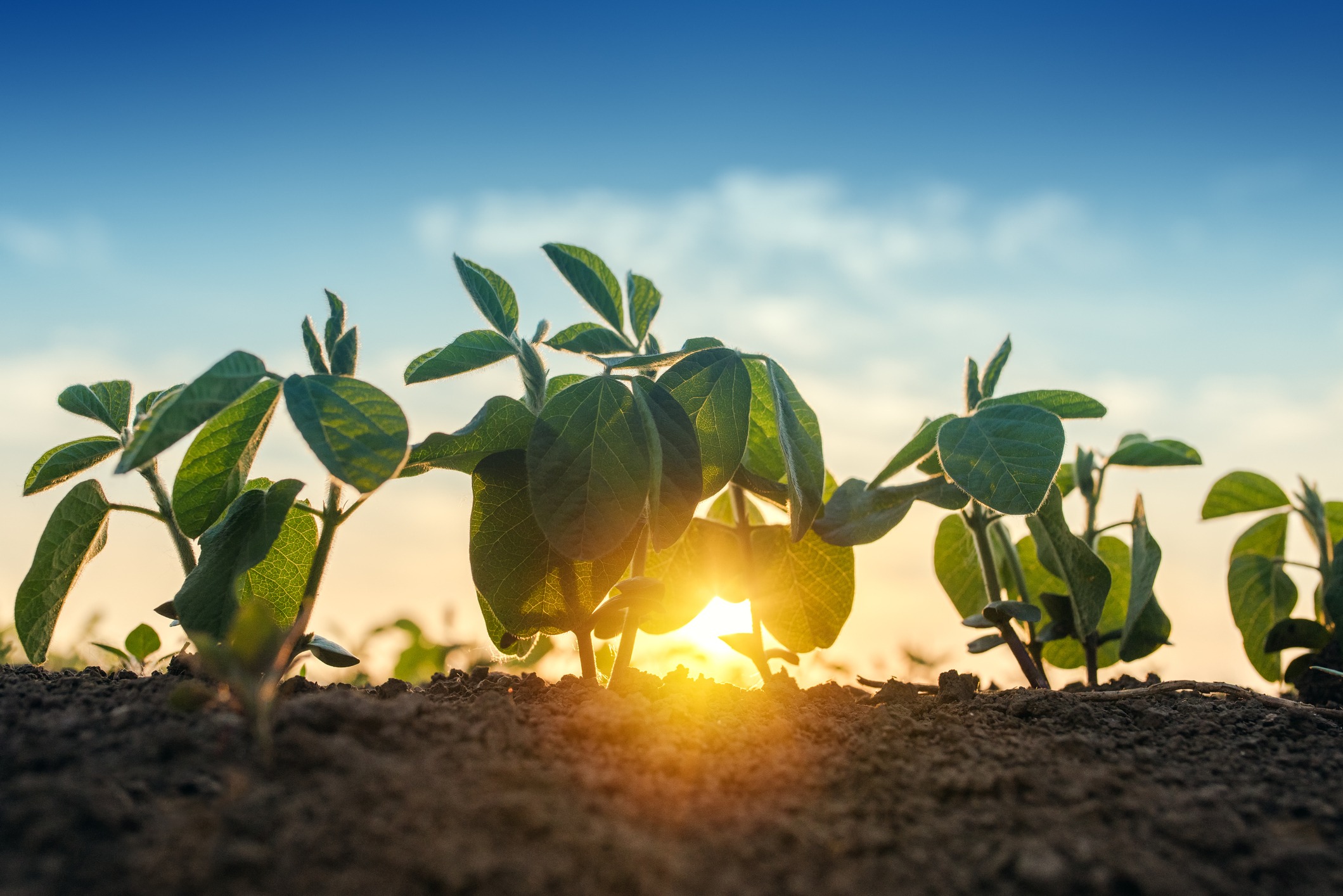Last week, the Intergovernmental Panel on Climate Change (IPCC) released a report stressing the importance of land management in the ongoing battle to fight climate change. Through deforestation, general human activities, and agriculture, 70% of the Earth’s land surface has been altered, it states, adding to climate-warming emissions and making it more difficult for forests and other ecosystems to store greenhouse gases.
“The report basically concludes that land management is critical, including agricultural lands, forestry, pasture, horticulture, homeowners’ lawns. These sources can emit carbon as well as methane and nitrous oxide, but they can be a sink for carbon,” Paul Zorner, CEO of agtech startup Locus AG, tells AFN. “At this point in time, we are still realizing a net benefit through the forests and lands we have, but intensive agriculture is still a serious concern because if you don’t have the right practices like cover crops, minimum tillage – practices generally referred to as regenerative – the land will emit more carbon than it can absorb.”
Carbon sequestration is a phrase that’s becoming commonplace in the media, in food policy circles, and more recently around the dinner table. Put simply, Zorner says, carbon sequestration describes the process that plants use to absorb carbon from the air through photosynthesis, convert it to sugars that are used to create plant structural materials. Roughly 30% of the sugars are secreted into the soil surrounding to feed the plant microbiome. The microbiome surrounding the plant is just as important to the plant’s health and vitality as the human microbiome is to gut health.
As the microbes turn over or produce secretions, their bodies and secretions accumulate as organic matter and that contributes to a significant portion of organic matter in soil. The more organic matter in the soil, the healthier it will be. Healthy soil often resembles cottage cheese in texture, while degraded soil often feels dry and sandy.
Conventional farming practices like tilling disrupt this process, turning over the first foot of soil in most cases. This destroys microbial communities and releases carbon back into the atmosphere.
“We’d be better off if we didn’t disturb the soil,” Zorner says. “My view is that the way we are farming today is different than the way we farmed 50 years ago. People are beginning to appreciate that regenerative practices are important not only for carbon sequestration but for water conservation and minimizing soil erosion, too.”
Locus Ag recently released data showing that its microbial soil amendment product Rhizolizer helps treated plots pull up 121% more carbon into the soil than non-treated plots within a year, which is the largest impact any soil carbon tool as had to date according to the startup. The product also increases yields by as much as 43% for 25 crops.
The organic-certified product enhances the soil microbiome, maximizing root growth and foliar canopy, improving nutrient uptake and ultimately supercharging photosynthesis.
But distributing a living organism through existing supply chain channels presents a challenging feat for biologics startups.
“When you ship living organisms in an extended supply chain that consists of nine to 12-months of hot loading docks and inconsistent storage temps, it’s difficult. You wouldn’t take a cup of yogurt, set it on the porch, and eat it nine months later,” Zorner explains. “We brew in a modular, small-scale, high-concentration fermenter, which is highly cost-effective. Our product is so concentrated that 3-ounces per acre is all that’s needed. Other microbial products might need a half-gallon to a gallon per acre, which could mean 1,000 gallons if you are treating 1,000 acres.”
The company plans to scale by constructing regional centers in key locations, which will further enable it to optimize concentrations for the specific needs of farmers in each region. For now, Locus is working with large growers and has developed distribution partnerships throughout the country. It has registrations in 40 states and hopes to expand into a variety of other products including a yeast-based product coming this fall, products targeting phosphate and potassium levels in cropping, and biopesticides.
It also hopes to provide farmers with a new source of income down the road by helping them get paid to sequester more carbon in the carbon credit market through a program called CarbonNOW.
A similar initiative is popping up in the livestock world. The Western Sustainability Exchange partnered with a number of stakeholders to help farmers who adopt rotational grazing management practices find a way to sell carbon credits. Rotational grazing – also referred to as mob grazing, management intensive grazing, and holistic grazing – involves limiting cattle’s access to pasture so that they graze an area more uniformly while allowing recently grazed areas to rest.
Although the IPCC points to transportation and fossil fuel emissions as the main areas where incremental improvements need to be made, in the ongoing conversation surrounding agriculture’s impact on climate change stakeholders increasingly point to livestock as the primary culprit. The dialogue buoys many marketing claims from Silicon Valley darlings Beyond Meat and Impossible Foods, who are touting their plant-based protein alternatives to meat as the way to solve climate change.
“The way our product works is by making the microbiome more complete. Think about grass-fed cattle and all the manure that they deposit back onto the grass full of bacteria and microbes,” Zorner explains. “This feeds the plants and as the plants increase chlorophyll density, you increase photosynthesis, which increases fibrous root mass, which allows it to pump even more carbon into the soil and feed a lot more microbes. If you have more microbes in the soil, you have more carbon sequestration.”
Grass performs better and grows more consistently when it’s mowed compared to being left idle, he adds, often resulting in a weedy mess that stops growing at a certain point.
Biologics are a controversial and hotly debated new category of inputs among farmers. As Zorner notes, some refer to the new category of inputs as “inconsistent at best, snake oil at worst.” When approaching growers, he often begins by asking how many of them are serious skeptics about biologics potential.
In general, farmers have come under increasing scrutiny in the debate about reducing climate change. As the IPCC report highlights and Zorner underscores, however, farmers are one of our first lines of defense in the battle to put more carbon back in the ground.
“Agriculture is not the enemy here. Growers are stewards of the land. What drives them first is profitability, but they also want to be environmentally sustainable. So let’s understand the biology, how these processes work and give them tools to help them be even better stewards,” Zorner says. “What usually ends up happening in the process is that more sustainability means better yields, and better yields means more profit.”




